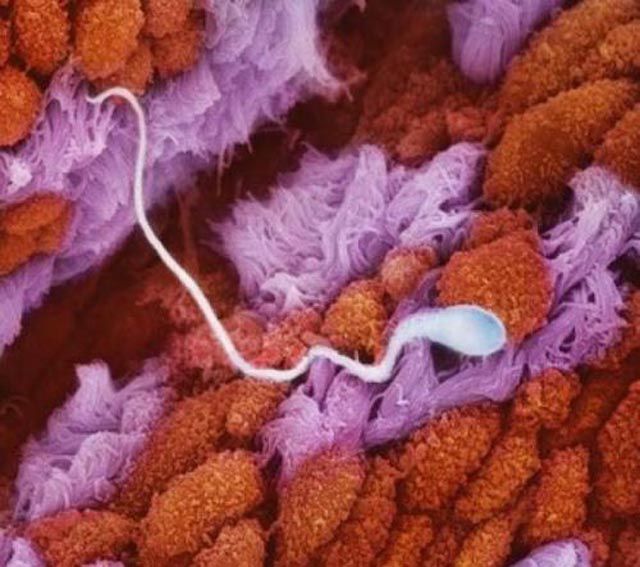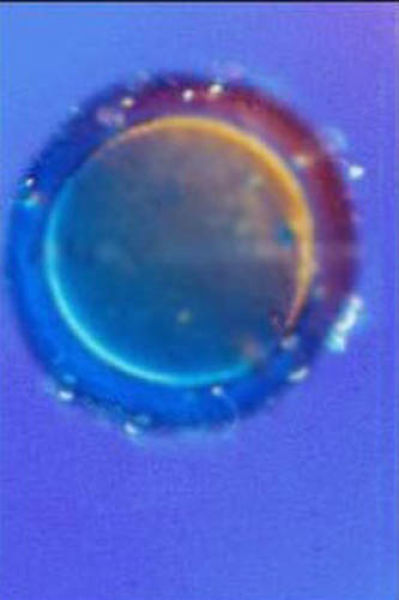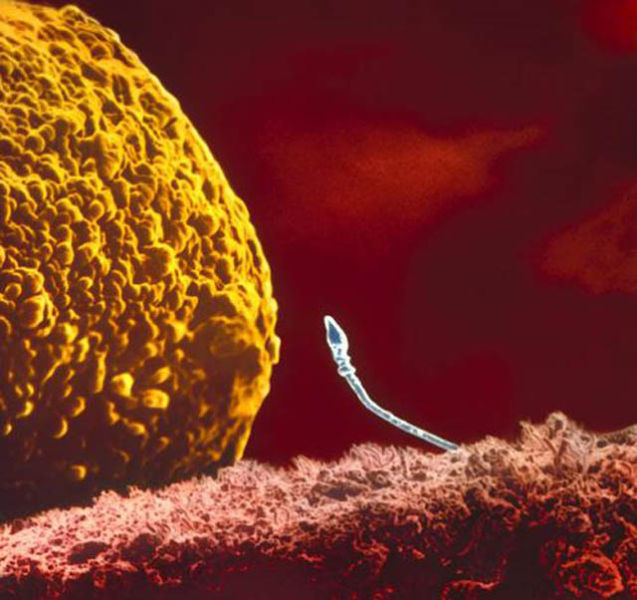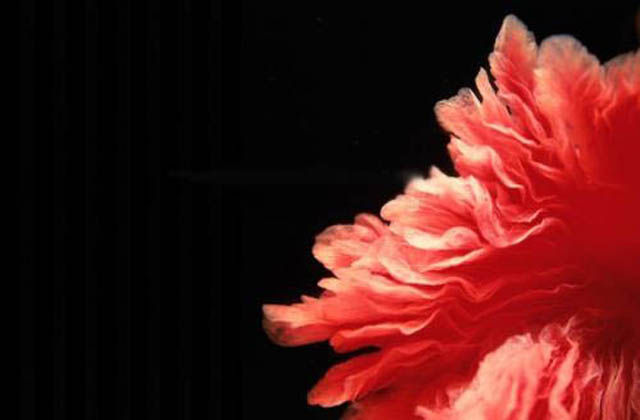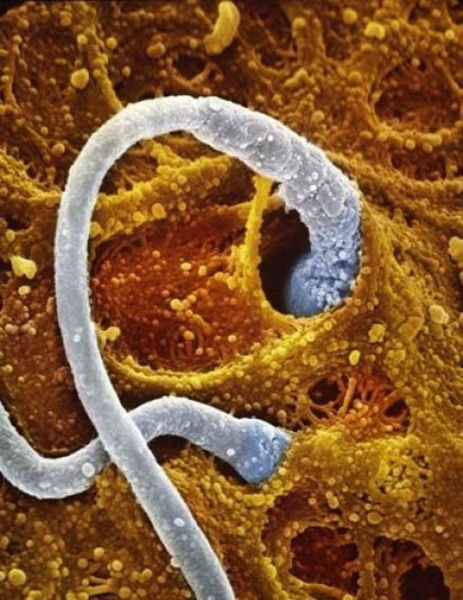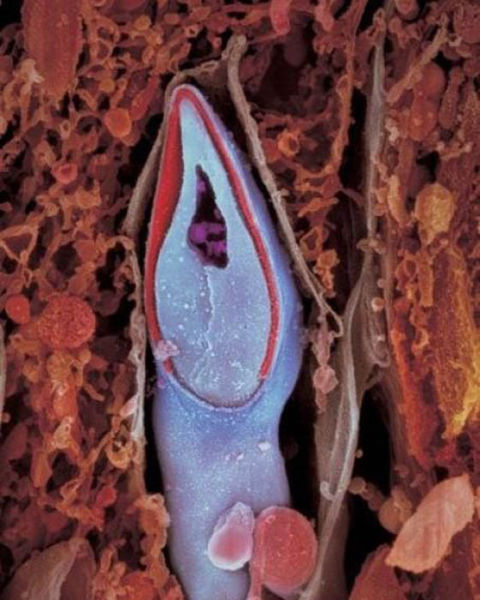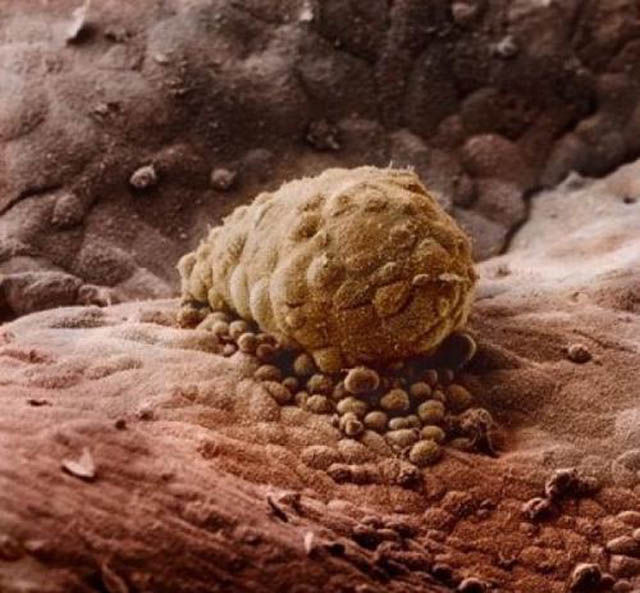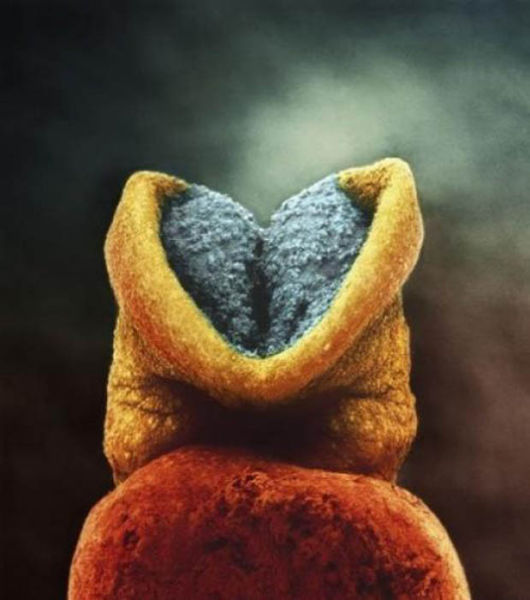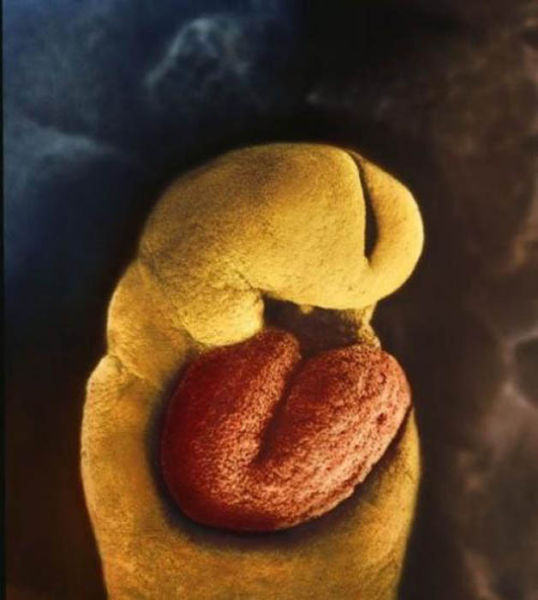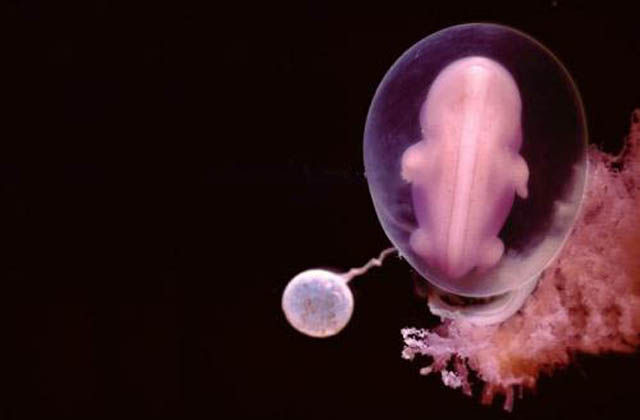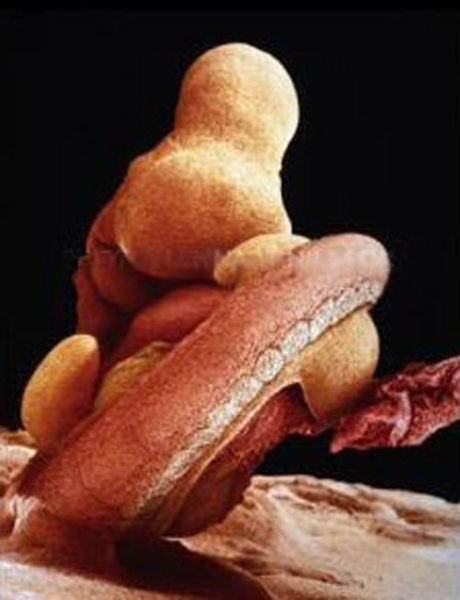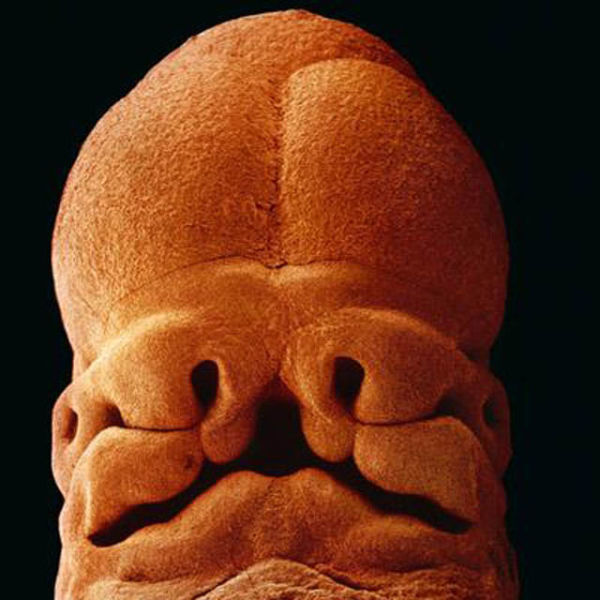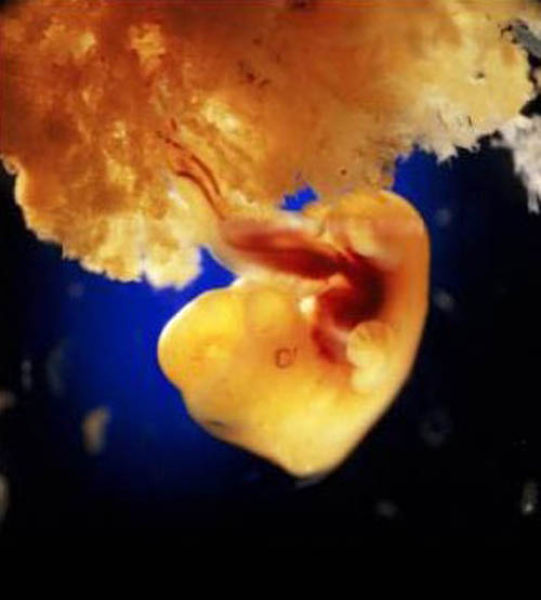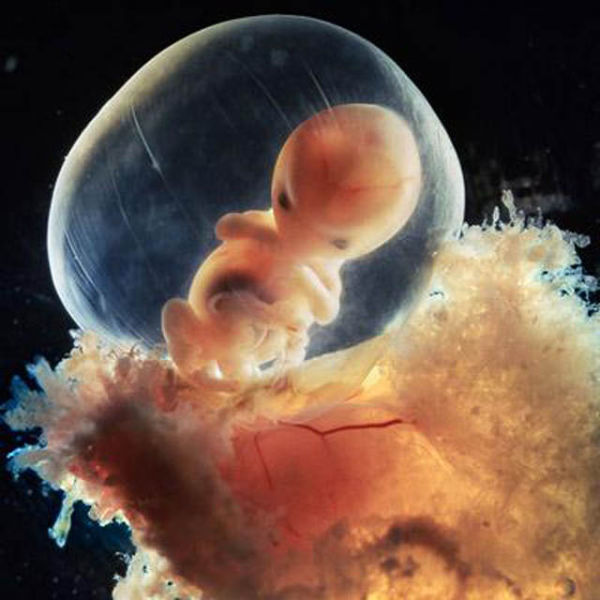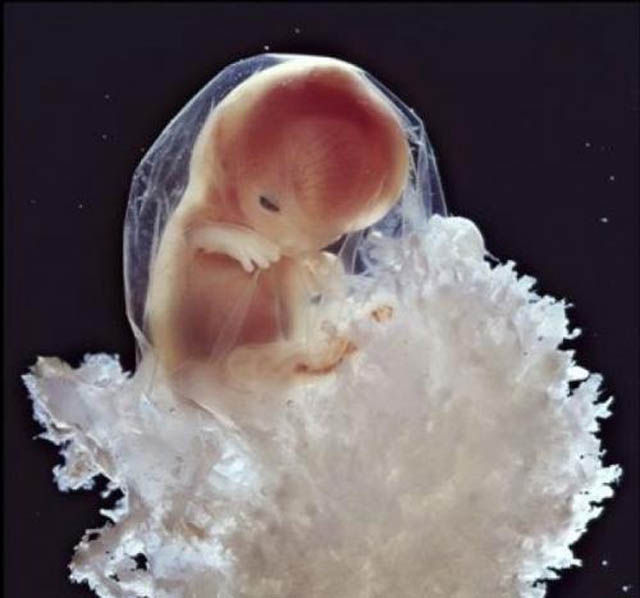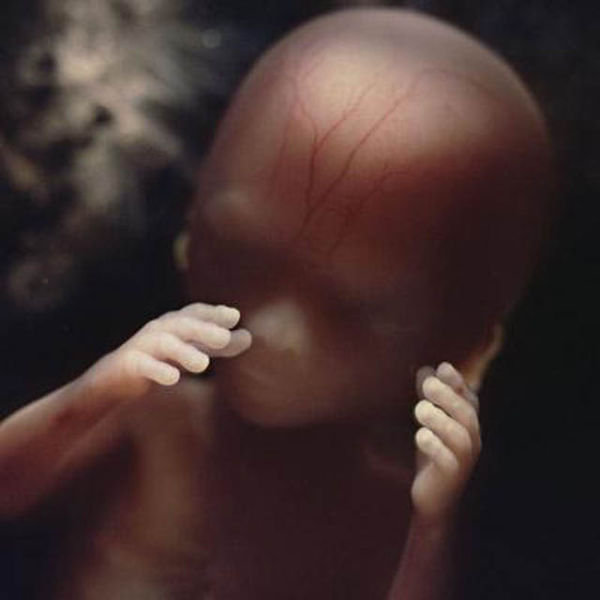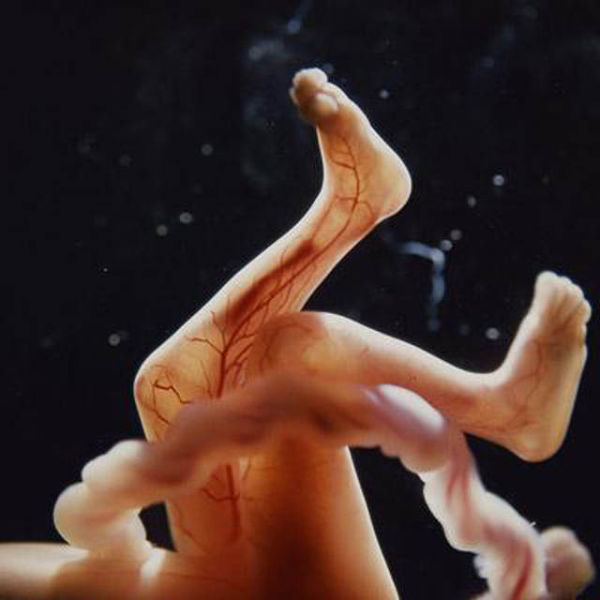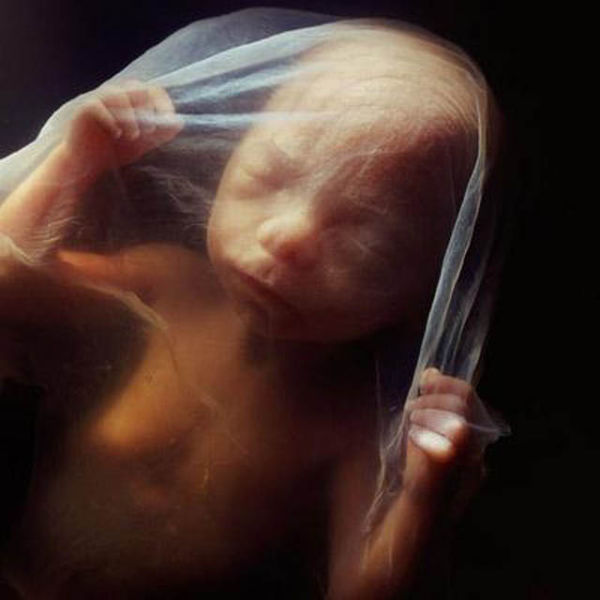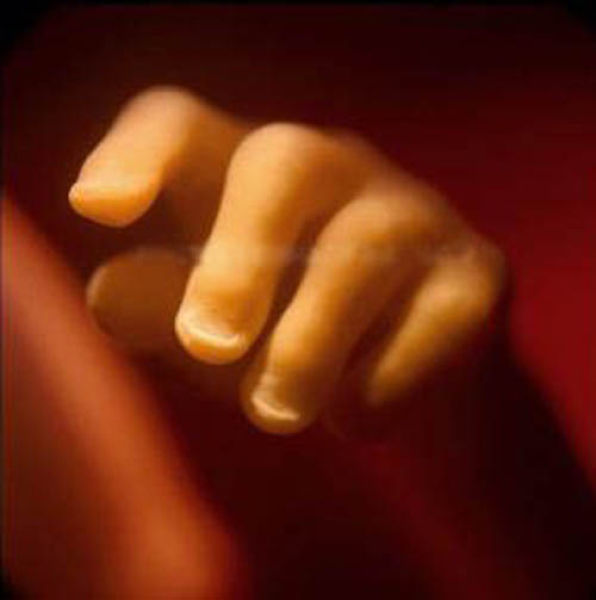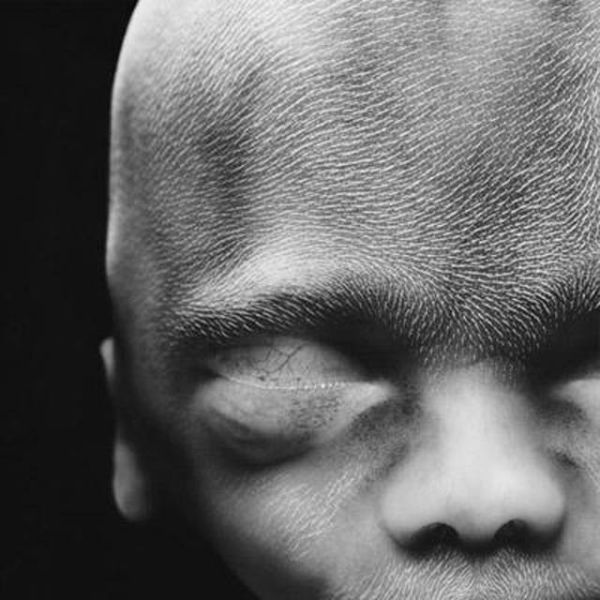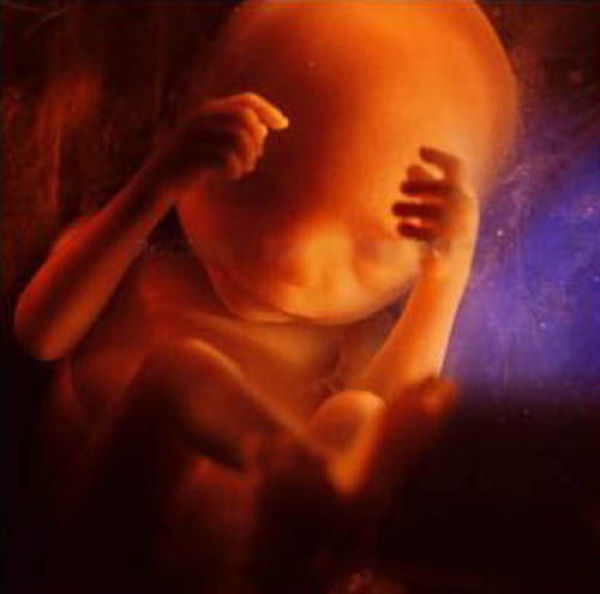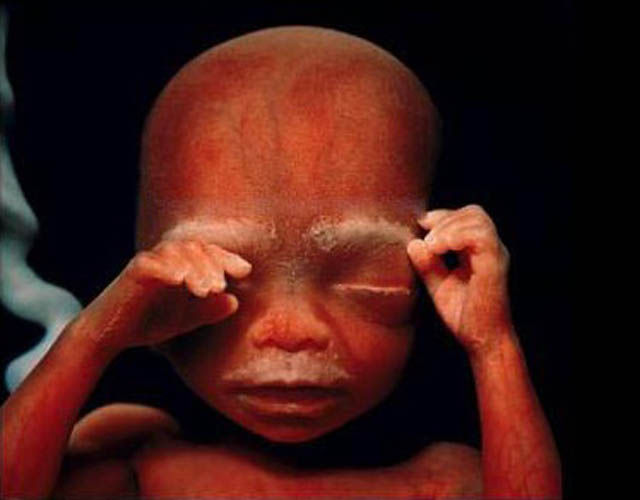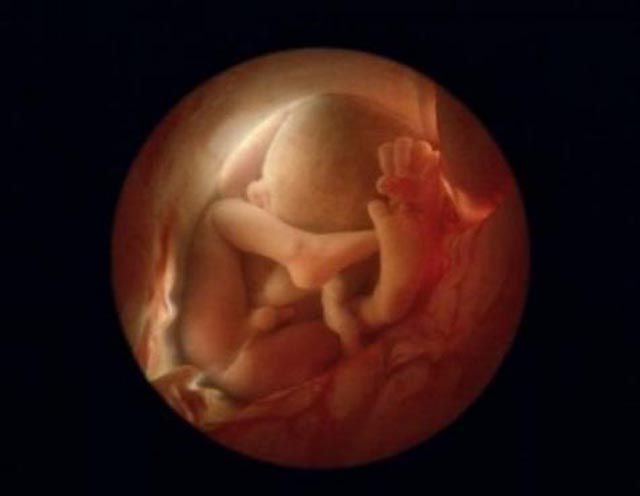Posted by Gopal Unnikrishna
Incredible Photos: A Child is Born
Swedesh photographer Lennart Nilsson spent 12 years of his life taking
pictures of the foetus
developing in the womb. These incredible photographs were taken with conventional cameras
with macro lenses, an endoscope and scanning electron microscope. Nilsson used a
magnification of hundreds of thousands and worked right in the womb. His first photo of the
human foetus was taken in 1965.
developing in the womb. These incredible photographs were taken with conventional cameras
with macro lenses, an endoscope and scanning electron microscope. Nilsson used a
magnification of hundreds of thousands and worked right in the womb. His first photo of the
human foetus was taken in 1965.
Sperm in the fallopian tube
Will they have a date?
The fallopian tube
Two sperms are contacting with
the egg cell
The winning sperm
Sperm
5-6 days.
The clump has developed into a blastocyst, containing many more cells,
and has entered the womb
The clump has developed into a blastocyst, containing many more cells,
and has entered the womb
8 days.
The human embryo is attached to a wall of the uterus
The human embryo is attached to a wall of the uterus
The brain starts to develop in
the human embryo
24 days.
The one-month-old embryo has no skeleton yet.
There is only a heart that starts beating on the 18th day
The one-month-old embryo has no skeleton yet.
There is only a heart that starts beating on the 18th day
4 weeks
4.5 weeks
5 weeks: Approximately 9 mm.
You can now distinguish the face with holes for eyes, nostrils and mouth
You can now distinguish the face with holes for eyes, nostrils and mouth
40 days.
Embryonic cells form the placenta.
This organ connects the embryo to the uterine wall allowing nutrient uptake,
waste elimination and gas exchange via the woman's blood supply
Embryonic cells form the placenta.
This organ connects the embryo to the uterine wall allowing nutrient uptake,
waste elimination and gas exchange via the woman's blood supply
Eight weeks.
The rapidly-growing embryo is well protected in the foetal sac
The rapidly-growing embryo is well protected in the foetal sac
10 weeks.
The eyelids are semi-shut. They will close completely in a few days
The eyelids are semi-shut. They will close completely in a few days
16 weeks.
The foetus uses its hands to explore its own body and its surroundings
The foetus uses its hands to explore its own body and its surroundings
The skeleton
consists mainly of flexible cartridge.
A network of blood vessels is visible through the thin skin
A network of blood vessels is visible through the thin skin
18 weeks:
Approximately 14 cm.
The foetus can now perceive sounds from the outside world
The foetus can now perceive sounds from the outside world
19 weeks
20 weeks:
Approximately 20 cm.
Woolly hair, known as lanugo, covers the entire head
Woolly hair, known as lanugo, covers the entire head
24 weeks
26 weeks
6 months.
There are still 8-10 weeks ahead, so the little human is getting ready to leave the uterus.
It turns upside down because it will be easier to get out this way
There are still 8-10 weeks ahead, so the little human is getting ready to leave the uterus.
It turns upside down because it will be easier to get out this way
